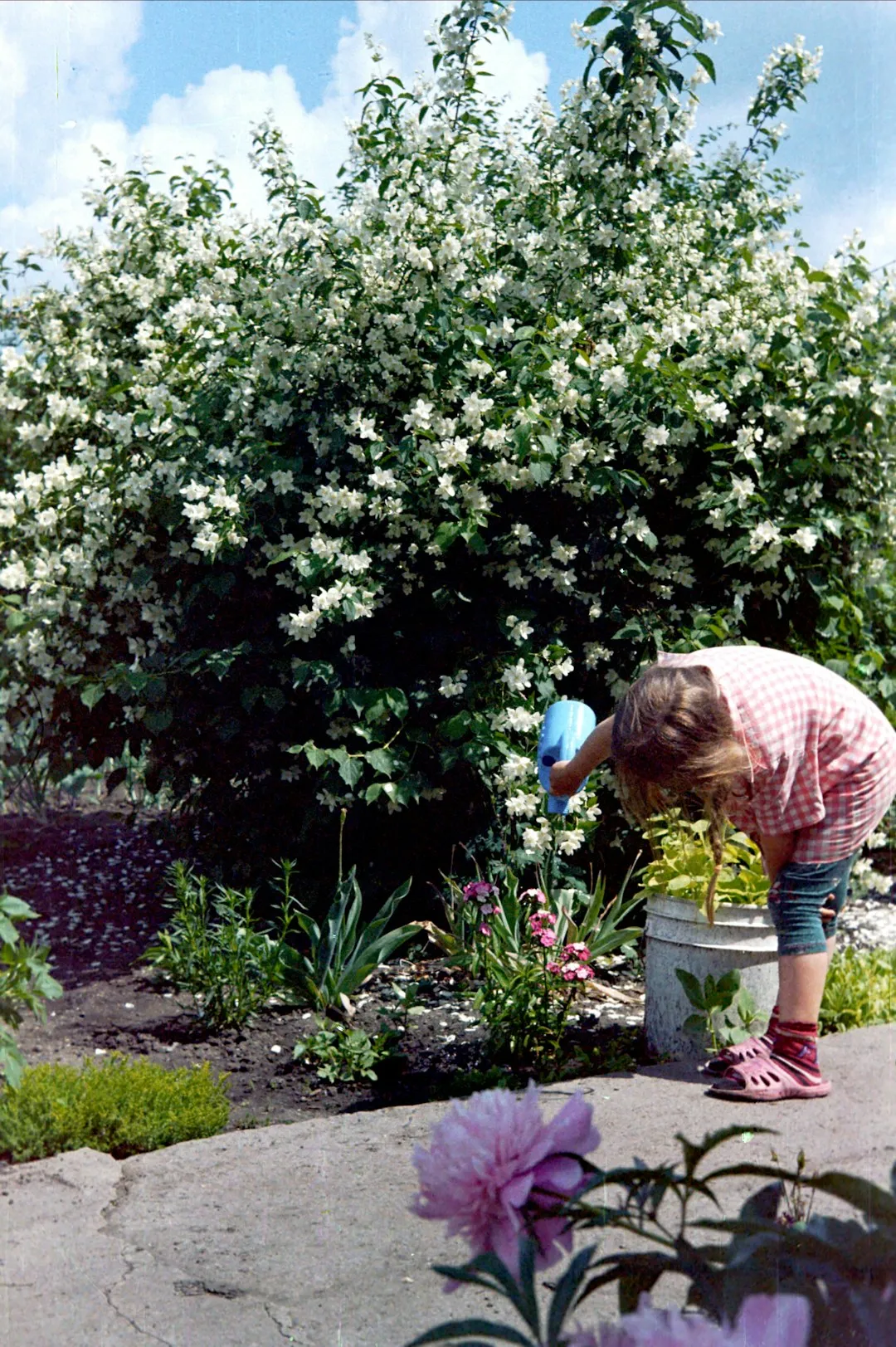Unveiling the Secrets of Sweetgrass Cultivation

Edible gardening is a rewarding endeavor that allows us to connect with nature and enjoy the fruits (and herbs) of our labor. Among the many herbs that can be grown in a garden, sweetgrass stands out as a unique and valuable addition. This native prairie grass, known for its sweet fragrance and cultural significance, is not only a beautiful plant but also has practical uses in cooking and traditional medicine.
In this article, we will explore the essential tips for growing sweetgrass, from choosing the right location to caring for the plant throughout its growth cycle. Whether you are a seasoned gardener or a beginner looking to start your own edible garden, these tips will help you successfully cultivate sweetgrass and enjoy its many benefits.
Choosing the Right Location
Sweetgrass is a vigorously spreading grass that thrives in moist to wet soils. When choosing a location for your sweetgrass garden, look for an area that receives partial to full sun and has well-drained soil. Avoid areas that are prone to flooding or have standing water, as sweetgrass does not tolerate waterlogged conditions.
It is also important to consider the space requirements of sweetgrass. This grass can spread rapidly, so it is best to plant it in an area where it has plenty of room to grow. You can also plant sweetgrass in containers or raised beds to control its growth and prevent it from spreading too far.
Preparing the Soil
Before planting sweetgrass, it is important to prepare the soil to ensure that it is rich in nutrients and has the right pH level. Sweetgrass prefers slightly acidic to neutral soil with a pH range of 6.0 to 7.0. You can test the pH level of your soil using a soil testing kit, which can be purchased at your local garden center.
To prepare the soil, remove any weeds or debris from the planting area and loosen the soil to a depth of at least 6 inches. You can then add organic matter, such as compost or well-rotted manure, to the soil to improve its fertility and drainage. Mix the organic matter into the soil thoroughly using a garden fork or tiller.
Planting Sweetgrass
Sweetgrass can be planted from seeds or transplants. If you are planting from seeds, sow the seeds directly into the prepared soil in the spring or fall. Cover the seeds with a thin layer of soil and keep the soil moist until the seeds germinate, which usually takes about 2 to 3 weeks.
If you are planting transplants, dig a hole in the prepared soil that is slightly larger than the root ball of the plant. Place the plant in the hole and fill in the soil around the roots, gently pressing the soil down to secure the plant. Water the plant thoroughly after planting to help it establish its roots.
Caring for Sweetgrass
Once your sweetgrass is planted, it is important to care for it properly to ensure its healthy growth. Here are some essential tips for caring for sweetgrass:
Watering
Sweetgrass requires regular watering to keep the soil moist but not waterlogged. Water the plant deeply once or twice a week, depending on the weather conditions. During hot, dry weather, you may need to water the plant more frequently to prevent the soil from drying out.
Fertilizing
Sweetgrass does not require a lot of fertilizer, but you can apply a balanced fertilizer, such as a 10-10-10 fertilizer, once or twice a year to promote healthy growth. Apply the fertilizer according to the instructions on the package, and water the plant thoroughly after fertilizing.
Pruning
To keep your sweetgrass looking neat and tidy, you can prune it back in the spring or fall. Use a sharp pair of pruning shears to cut the grass back to about 6 inches above the ground. This will help to promote new growth and prevent the grass from becoming too tall and leggy.
Controlling Weeds
Weeds can compete with sweetgrass for nutrients and water, so it is important to keep the planting area free of weeds. You can remove weeds by hand or use a hoe or cultivator to loosen the soil and remove the weeds. You can also apply a layer of mulch, such as straw or wood chips, to the soil around the sweetgrass to help suppress weeds and retain moisture.
Harvesting Sweetgrass
Once your sweetgrass has reached maturity, which usually takes about 2 to 3 years, you can start harvesting it. To harvest sweetgrass, use a sharp pair of scissors or pruning shears to cut the grass about 6 inches above the ground. You can harvest sweetgrass throughout the growing season, but it is best to harvest it in the morning when the grass is at its freshest.
After harvesting, you can dry the sweetgrass by hanging it upside down in a cool, dry place. Once the sweetgrass is dry, you can store it in a sealed container or use it immediately in cooking or traditional medicine.
Conclusion
Growing sweetgrass is a rewarding and fulfilling experience that allows you to enjoy the beauty and benefits of this unique native prairie grass. By following these essential tips for growing sweetgrass, you can successfully cultivate this plant in your own edible garden and enjoy its many uses and benefits. Whether you are using sweetgrass for cooking, traditional medicine, or simply as a decorative plant, it is sure to add a touch of natural beauty and fragrance to your garden.